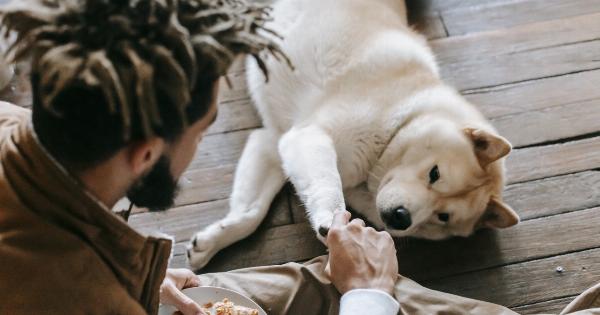Dogs are faithful and loyal creatures that have been man’s best friend for centuries. However, not everyone likes dogs, and some even develop a phobia towards them.
Canine phobia or cynophobia is a condition characterized by an intense fear of dogs that can lead to avoidance behaviors, panic attacks, and even impairment of daily activities. If you have a fear of dogs, you are not alone. According to the National Institute of Mental Health, approximately 12% of adults in the United States have a specific phobia, and about 36% of those phobias are related to animals, including dogs.
What Causes Canine Phobia?
Like most phobias, canine phobia often results from a negative experience with dogs. The fear can also develop from observing someone else’s negative experience with a dog, such as witnessing a dog attack or hearing about a violent dog incident.
People who have little or no interaction with dogs during their childhood may also develop a fear of them.
Furthermore, certain cultural or religious beliefs may contribute to the fear of dogs. For example, some cultures consider dogs unclean and associate them with negative emotions, like anger or fear.
Additionally, specific phobias like cynophobia could also stem from a genetic component or a predisposition to anxiety disorders.
Effects of Canine Phobia
The effects of cynophobia can be overwhelming for those who suffer from it. The fear of dogs can lead to severe anxiety, which can impair your ability to function in daily life.
You may avoid socializing, going out in public, or visiting friends and family who own dogs. Cynophobia can put a dent in your quality of life and limit the opportunities that you can enjoy.
The Consequences of Avoidance
Avoidance is the most common way people with cynophobia cope with their fear, but it can result in a cycle of heightened anxiety and decreased quality of life.
Avoidance reinforces your fear by keeping it intact and not allowing you to confront it, which is crucial to overcoming it. Without the opportunity to confront your fears, you’ll never learn that the likelihood of the feared outcome is small, and that the fear is unfounded.
Apart from reinforcing fears, avoidance can also lead to isolation, depression, and impaired social functioning.
Avoidance of places and situations where dogs are present, such as parks or public transportation, can make it challenging to perform tasks, attend activities, and even leave your house.
Overcoming Canine Phobia
Overcoming cynophobia requires confronting your fears and learning to manage your anxiety. Below are some strategies for overcoming canine phobia:.
1. Educate Yourself About Dog Behavior
One of the most effective tools to reduce fear is to become informed. Educating yourself about dog behavior and how to interact with dogs appropriately can help alleviate some of the anxiety you feel.
You can read books, watch videos or attend dog training classes to learn about dog behavior and proper handling techniques. You can also speak with owners of calm and friendly dogs to gain insight into canine behavior and reduce your fear of them.
2. Build Exposure Gradually
One of the most common treatment options for specific phobias like canine phobia is exposure therapy. Exposure therapy involves gradually exposing yourself to the feared stimulus in a controlled environment and learning to manage your anxiety response.
You can start by observing pictures or videos of dogs and gradually progressing to seeing them from afar, to being near them, and ultimately interacting with them. Exposure therapy should be undertaken with a professional therapist who can guide you throughout the process and monitor your progress.
3. Use Anxiety Reduction Techniques
Anxiety reduction techniques such as deep breathing exercises, meditation, and progressive muscle relaxation can be helpful in managing your anxiety when confronted with a dog.
These techniques help reduce the physical symptoms of anxiety, such as rapid breathing and heart rate, and promote relaxation. Incorporating these techniques into your daily routine can help you manage your anxiety and increase your confidence in dealing with dogs.
4. Positive Reinforcement
Positive reinforcement can be highly effective in reducing fear responses. When interacting with a dog, focus on the positive aspects, such as the dog’s playfulness or loyalty.
Reward yourself for positive interactions, like spending time around dogs or petting them if you can. Changing the way you think about dogs can help shift your focus from fear to appreciation, which can aid in reducing anxiety.
5. Seek Professional Help
If your canine phobia is severe, seeking professional help is crucial. A therapist can help you develop a personalized plan to overcome your fear of dogs.
They may also recommend medication to manage your anxiety so that you can begin exposing yourself to dogs gradually.
The Bottom Line
Confronting your fears is an essential step to overcoming canine phobia.
By educating yourself, building exposure gradually, practicing anxiety reduction techniques, using positive reinforcement, and seeking professional help, you can learn to manage your anxiety and confront your fears. Keep in mind that overcoming cynophobia takes time, patience, and consistency. With the right support, you can reduce your anxiety and enjoy a happy and fulfilled life, whether you are around dogs or not.


























